Growing Hibiscus at Home can transform your garden into a vibrant, tropical paradise, even if you don’t live in a tropical climate! Imagine stepping outside to be greeted by the bold, beautiful blooms of hibiscus, adding a splash of color and a touch of exotic flair to your everyday life. But let’s be honest, sometimes the thought of nurturing these beauties can feel a little daunting, right?
Hibiscus flowers have captivated hearts for centuries, holding cultural significance in many societies. In some cultures, they symbolize delicate beauty, while in others, they represent hospitality and good fortune. Whether you’re drawn to their rich history or simply their stunning appearance, there’s no denying the allure of these magnificent flowers.
That’s why I’m so excited to share these simple, yet effective, DIY tricks and hacks for growing hibiscus at home. You don’t need a green thumb or years of experience to successfully cultivate these beauties. We’ll break down the process into easy-to-follow steps, covering everything from choosing the right variety for your space to providing the perfect soil and sunlight conditions.
These DIY tips will help you avoid common pitfalls, save money on expensive gardening supplies, and ultimately, enjoy a thriving hibiscus plant that will bring joy to your garden for years to come. So, let’s get started and unlock the secrets to growing gorgeous hibiscus right in your own backyard!
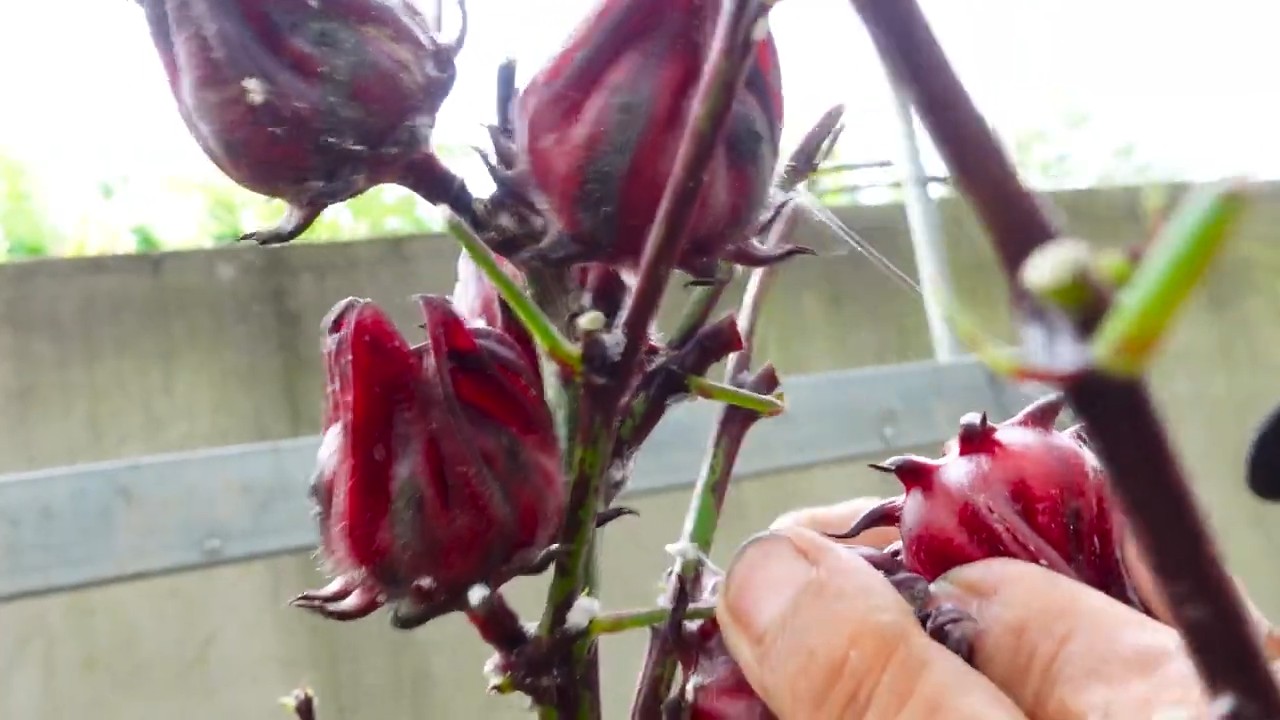
Growing Hibiscus at Home: A Comprehensive DIY Guide
Hello plant friends! I am thrilled to introduce you to the wonderful world of hibiscus cultivation today. These tropical beauties with their vibrant flowers can add a touch of the exotic to any garden or even a sunny windowsill. Don’t worry if you don’t have a green thumb – with this step-by-step guide, you’ll become a hibiscus expert in no time!
The Basics: What Hibiscus Needs to Thrive
Before we get started, let’s briefly discuss the most important needs of our hibiscus friends. These are the factors that determine success or failure:
- Sun, Sun, Sun: Hibiscus loves the sun! At least 6 hours of direct sunlight per day are ideal. The more sun, the more flowers!
- Well-draining soil: Waterlogging is the enemy of hibiscus. A well-draining, slightly acidic soil is perfect.
- Regular watering: Hibiscus likes it moist, but not soggy. Water regularly, especially during the hot summer months.
- Regular fertilizing: Hibiscus are hungry plants. During the growing season (spring and summer), you should fertilize them regularly.
- Protection from frost: Most hibiscus varieties are not frost-hardy. If you live in a region with cold winters, you will need to bring your plants indoors or protect them accordingly.
Step-by-Step Guide: Planting and Caring for Hibiscus
Now let’s get down to it! Here is a detailed guide on how to successfully grow your own hibiscus:
1. Choosing the Right Hibiscus Variety
There are countless hibiscus varieties, each with its own pros and cons. Here are some popular options:
- Hibiscus rosa-sinensis (Chinese Hibiscus): The classic! This species is known for its large, colorful flowers and long blooming period. However, it is not frost-hardy and must be brought indoors in winter.
- Hibiscus syriacus (Rose of Sharon): A hardy option found in many gardens. It blooms in late summer and autumn and is available in various colors.
- Hibiscus moscheutos (Swamp Rose Mallow): An impressive perennial with huge flowers, native to wetlands. It is hardy and attracts butterflies and hummingbirds.
Choose the variety that best suits your climate and preferences. I personally love Hibiscus rosa-sinensis for its vibrant colors, but I have to bring it indoors every year.
2. Finding the Perfect Location
As mentioned, hibiscus loves the sun. Find a location that receives at least 6 hours of direct sunlight per day. The soil should be well-draining and slightly acidic. If your soil is heavy and clay-like, you can improve it with compost or sand.
3. Planting the Hibiscus
- In the garden: Dig a hole that is twice as wide and as deep as the root ball of the hibiscus. Loosen the soil in the hole and mix it with compost. Place the hibiscus in the hole and fill it with soil. Make sure the root ball is no deeper than the surrounding soil. Water the hibiscus thoroughly.
- In a pot: Choose a pot with sufficient drainage holes. Fill the pot with a high-quality, well-draining potting mix. Place the hibiscus in the pot and fill it with soil. Water the hibiscus thoroughly.
4. Watering
Hibiscus likes it moist, but not soggy. Water regularly, especially during the hot summer months. Let the top layer of soil dry out slightly between waterings. Avoid wetting the leaves, as this can lead to fungal diseases.
5. Fertilizing
Hibiscus are hungry plants. During the growing season (spring and summer), you should fertilize them regularly. Use a fertilizer specifically formulated for hibiscus, or a balanced fertilizer with a high phosphorus content (the middle number on the fertilizer package). Follow the instructions on the fertilizer package. I like to use a liquid fertilizer that I add to the watering can every two weeks.
6. Pruning
Pruning helps to maintain the shape of the hibiscus and encourage flowering. In the spring, cut off any dead or damaged branches. You can also pinch the tips of the branches to encourage branching. Remove faded flowers to stimulate the formation of new ones.
7. Pest Control
Hibiscus can be infested by various pests, such as aphids, spider mites, and whiteflies. Check your plants regularly for pests. If you find an infestation, you can combat the pests with an insecticide or a soap solution. I prefer natural methods, such as spraying the plants with water or introducing beneficial insects.
8. Overwintering (for non-hardy varieties)
If you live in a region with cold winters, you need to bring your non-hardy hibiscus varieties indoors or protect them accordingly.
- Bringing indoors: Before the first frost, prune the hibiscus back and repot it. Place the hibiscus in a bright, cool place, such as a conservatory or an unheated room. Water the hibiscus sparingly and do not fertilize it. In the spring, when temperatures rise, you can move the hibiscus back outdoors.
- Outdoor protection: If you don’t want to bring your hibiscus indoors, you can protect it outdoors. Prune the hibiscus back and cover it with a thick layer of mulch. You can also place a fleece or a blanket over the hibiscus to protect it from frost.
Common Problems and Solutions
Problems can also occur when growing hibiscus. Here are some common problems and how you can solve them:
- Yellow leaves: Yellow leaves can have various causes, such as overwatering, underwatering, nutrient deficiency, or pest infestation. Check your watering habits and fertilize your plants regularly. Also, check your plants for pests.
- No flowers: If your hibiscus is not producing flowers, it may be due to too little sunlight, too little fertilizer, or too much nitrogen in the fertilizer. Make sure your hibiscus gets enough sunlight and fertilize it with a fertilizer that has a high phosphorus content.
- Dropping flower buds: Dropping flower buds can be caused by stress, such as temperature fluctuations, too little water, or pest infestation. Try to minimize stress factors and water your plants regularly.
Additional Tips for Hibiscus Success
Here are a few more tips that will help you get your hibiscus to bloom:
- Use rainwater: Hibiscus prefers slightly acidic water. Rainwater is ideal as it is naturally acidic.
- Mulch your plants: Mulch helps to retain moisture in the soil and suppress weeds.
- Talk to your plants: Yes, it sounds crazy, but it works! Plants respond to positive energy.
I hope this guide has helped you understand the basics of hibiscus cultivation. With a little patience and care, you will soon be rewarded with beautiful flowers! Good luck and have fun gardening!
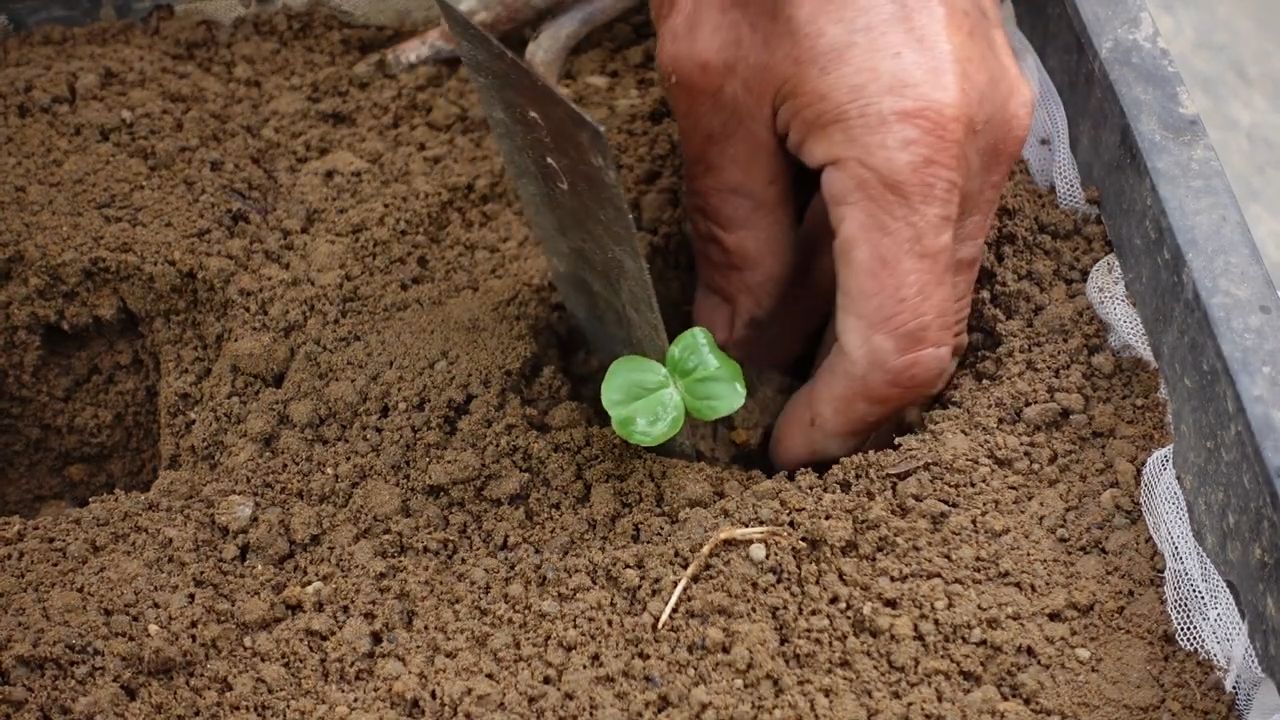
Conclusion
So, there you have it! Growing hibiscus at home, while it might seem daunting at first, is entirely achievable and incredibly rewarding. We’ve walked through the essential steps, from selecting the right variety to providing the perfect environment and tackling common challenges. But why should you embark on this floral adventure?
Simply put, the vibrant beauty of a hibiscus blossom is unmatched. Imagine waking up each morning to the sight of these exotic blooms gracing your garden or patio. Beyond aesthetics, growing hibiscus offers a therapeutic experience. The act of nurturing a plant, observing its growth, and witnessing its transformation into a flowering masterpiece is deeply satisfying. It connects you with nature and provides a sense of accomplishment.
And let’s not forget the versatility of the hibiscus! While we’ve focused on the general principles of hibiscus care, remember that there’s room for experimentation and personalization.
Variations and Enhancements
* Hibiscus Tea: Consider growing *Hibiscus sabdariffa*, also known as roselle, specifically for making refreshing and tangy hibiscus tea. The dried calyces of this variety are perfect for brewing a delicious and healthy beverage.
* Container Gardening: If you’re short on space, don’t be discouraged! Hibiscus thrives in containers, making it ideal for balconies, patios, or even indoor spaces with sufficient sunlight. Just be sure to choose a pot that’s large enough to accommodate the plant’s root system and provide adequate drainage.
* Grafting: For the more adventurous gardeners, grafting can be a fun way to combine the desirable traits of different hibiscus varieties. You can graft a particularly beautiful flower onto a hardier rootstock, for example.
* Espalier: Train your hibiscus against a wall or fence to create a stunning espalier display. This technique not only adds visual interest but also maximizes sunlight exposure.
A Must-Try DIY Project
This DIY project of growing hibiscus at home is a must-try because it offers a unique blend of beauty, satisfaction, and versatility. It’s a chance to connect with nature, enhance your living space, and even create your own homemade hibiscus tea.
We encourage you to take the plunge and start growing your own hibiscus today. Don’t be afraid to experiment, learn from your mistakes, and most importantly, enjoy the process.
And once you’ve experienced the joy of growing hibiscus at home, we’d love to hear about it! Share your photos, tips, and stories in the comments below. Let’s create a community of hibiscus enthusiasts and inspire others to discover the magic of these tropical beauties. Your experiences can help others overcome challenges and achieve success in their own hibiscus-growing endeavors. So, get your hands dirty, embrace the challenge, and let the beauty of hibiscus bloom in your life!
Frequently Asked Questions (FAQ)
What is the best type of hibiscus to grow for beginners?
For beginners, *Hibiscus rosa-sinensis*, the Chinese hibiscus, is generally the easiest to grow. It’s relatively hardy, readily available, and produces beautiful, showy flowers in a variety of colors. Look for cultivars that are known for their disease resistance and tolerance to different growing conditions. Double-flowered varieties can be particularly stunning, but single-flowered varieties tend to attract more pollinators. Remember to research the specific needs of the cultivar you choose, as some may prefer more sunlight or have different watering requirements.
How much sunlight does a hibiscus plant need?
Hibiscus plants thrive in full sun, which means they need at least 6-8 hours of direct sunlight per day. Insufficient sunlight can lead to leggy growth, fewer flowers, and a general decline in the plant’s health. If you’re growing hibiscus indoors, place it near a south-facing window where it can receive ample sunlight. You may also need to supplement with artificial grow lights, especially during the winter months. If you live in a particularly hot climate, some afternoon shade can be beneficial to prevent the leaves from scorching.
What kind of soil is best for hibiscus?
Hibiscus plants prefer well-draining soil that is rich in organic matter. A slightly acidic soil pH (around 6.0 to 6.5) is ideal. You can create a suitable soil mix by combining equal parts of potting soil, peat moss, and perlite or vermiculite. Avoid using heavy clay soils, as they can retain too much moisture and lead to root rot. Amending the soil with compost or well-rotted manure can also improve its fertility and drainage. When planting in containers, choose a potting mix specifically formulated for hibiscus or tropical plants.
How often should I water my hibiscus plant?
Water your hibiscus plant regularly, especially during the growing season (spring and summer). The soil should be kept consistently moist but not waterlogged. Allow the top inch of soil to dry out before watering again. Overwatering can lead to root rot, while underwatering can cause the leaves to wilt and drop. Adjust your watering frequency based on the weather conditions, the size of the plant, and the type of container it’s planted in. During the dormant season (fall and winter), reduce watering frequency as the plant’s growth slows down.
What are some common pests and diseases that affect hibiscus plants?
Common pests that affect hibiscus plants include aphids, spider mites, whiteflies, and mealybugs. These pests can suck the sap from the leaves and stems, causing them to become discolored and distorted. You can control these pests by spraying the plant with insecticidal soap or neem oil. Diseases that can affect hibiscus plants include root rot, leaf spot, and fungal infections. Root rot is often caused by overwatering, while leaf spot and fungal infections can be caused by excessive humidity or poor air circulation. Prevent these diseases by providing proper drainage, ensuring good air circulation, and avoiding overhead watering.
How do I fertilize my hibiscus plant?
Fertilize your hibiscus plant regularly during the growing season (spring and summer) with a balanced fertilizer that is specifically formulated for hibiscus or flowering plants. Look for a fertilizer that is high in potassium, which promotes flower production. Follow the instructions on the fertilizer label for application rates and frequency. Avoid over-fertilizing, as this can burn the roots and damage the plant. You can also supplement with organic fertilizers such as compost tea or fish emulsion. During the dormant season (fall and winter), reduce or stop fertilizing altogether.
How do I prune my hibiscus plant?
Prune your hibiscus plant in late winter or early spring before new growth begins. Pruning helps to shape the plant, remove dead or diseased branches, and encourage more blooms. You can also prune lightly throughout the growing season to remove spent flowers and maintain the plant’s shape. Use sharp, clean pruning shears to make clean cuts. Avoid pruning too heavily, as this can reduce the plant’s flowering potential.
Can I grow hibiscus indoors?
Yes, you can grow hibiscus indoors, but it requires providing the right conditions. Place the plant near a south-facing window where it can receive ample sunlight. Supplement with artificial grow lights if necessary. Maintain a consistent temperature and humidity level. Water regularly and fertilize during the growing season. Choose a pot that is large enough to accommodate the plant’s root system and provide adequate drainage. Be aware that indoor hibiscus plants may not bloom as profusely as those grown outdoors.
How do I overwinter my hibiscus plant?
If you live in a climate with cold winters, you’ll need to overwinter your hibiscus plant indoors. Before the first frost, bring the plant indoors and place it in a cool, bright location. Reduce watering frequency and stop fertilizing. You may also need to prune the plant back to reduce its size. Monitor the plant for pests and diseases. In the spring, gradually acclimate the plant to outdoor conditions before moving it back outside.
Why is my hibiscus not blooming?
There are several reasons why your hibiscus may not be blooming. Insufficient sunlight is a common cause. Make sure the plant is receiving at least 6-8 hours of direct sunlight per day. Over-fertilizing with nitrogen can also inhibit flowering. Use a fertilizer that is high in potassium instead. Improper watering, pest infestations, and diseases can also affect flowering. Ensure that the plant is receiving the proper amount of water, is free from pests and diseases, and is growing in well-draining soil. Sometimes, young plants need time to mature before they start blooming profusely.


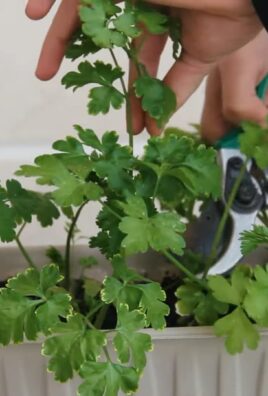
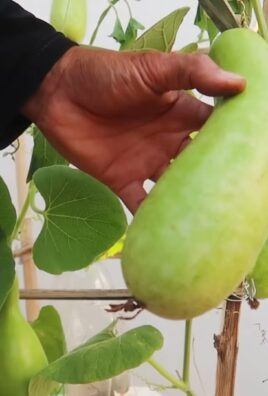
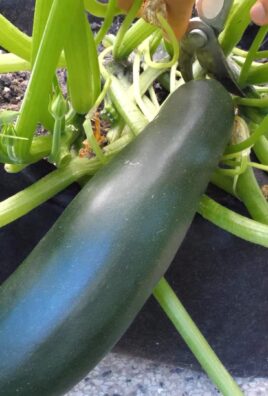
Leave a Comment